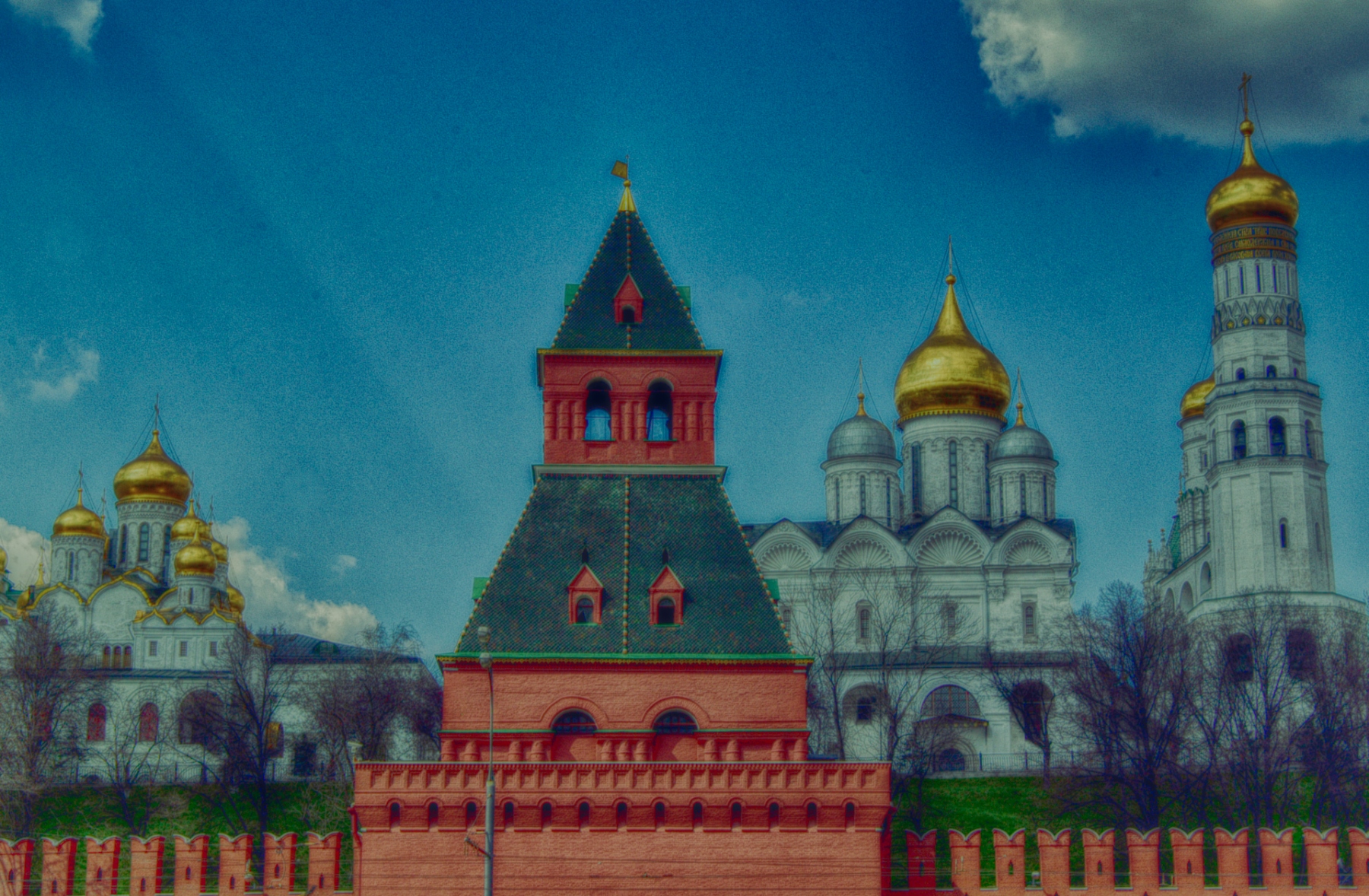Are there moral and social dimensions to photography and, if so, do they matter?
The moral and social impact that photography has on society is probably not top of mind when we’re concentrating on an important project, but we would do well not to ignore it because, through our work, we become influencers and, with influence, comes responsibility. This is true for anyone who uses a camera but it’s fair to say that the greatest burden of that responsibility is carried by the professional photographer because we risk not simply our own reputation but that of the industry as a whole.
When we visit a library or a bookshop, there’s a section for fiction and a section for non-fiction. With photography it’s different. A picture, they say, paints a thousand words, so how can we be sure whether the picture painted is true or false? The fact that we can’t, results in a dilemma. The fact that we expect it to be true, tests photography’s moral and social compass. In reality, this expectation is something closer to belief; a belief that says, “Look, here’s a photograph to prove it!” — the pedlars of fake news and propaganda know all too well the credibility that an image brings to a piece of text.
It would be natural to assume that what I’m referring to lies in the substance of whatever it is we are photographing. There is, of course, some truth in that but, while the subject in our viewfinder (and how we choose to present it) can readily expose us to accusations of causing offence, that is only a part of the moral and social landscape that we need to consider. The object of offence could just as easily be something included by accident. A well documented example being endorsement by implication — that the subject of our image has been endorsed by a brand, person or organisation that also appears in the frame.
So let’s look very briefly at some other moral and social dimensions that affect photography.
Environmental issues
In our enthusiasm to capture images of nature and wildlife we need to be aware of the impact our presence might have on rare and endangered species, many of which have legally protected status. A published image can contain enough information, either visible or embedded within the metadata, as to reveal the location of a rare plant or animal to an unscrupulous collector. Any action that adversely affects our environment or that upsets the balance of nature will set in motion a process that will have a direct impact on our own livelihoods by sending into decline the very things that we are trying to photograph.
Does the image that changes a once secret beauty spot into a honeypot site do society a service when, as a result, it can attract so much footfall as to destroy the very paradise that we were trying to project? The balance between the economic benefits and the environmental deficits of tourism is a delicate one.
Privacy issues
This heading needs little introduction and covers such considerations as trespass, invasion of personal space, capturing images without permission, and the inappropriate use of telephoto lenses. The issue of copyright may be addressed in law but that doesn’t alter the fact that images of people taken without their consent have moral and social dimensions.
But what about engaging in photography in establishments where it is strictly forbidden? In some parts of the world the consequences of such an action can be very severe, indeed.
Photography’s moral and social dimensions extend well beyond the point at which the shutter release is pressed. There then follows a sequence of tasks that are collectively known as post-processing. It is this part of our workflow that offers the greatest scope for manipulating images in ways that may be open to criticism. As influencers, our job is not to dictate what the image means — that is for the viewer to decide. Our task is to capture images of the world around us and present them in ways that stimulate debate, raise questions, and challenge perceptions.
I think this is the moment to make clear that the positive impact that photography has on society is far greater than any of its potentially negative moral or social implications. The purpose of this article is not to provide a tick-list of moral and social pitfalls but to remind us that rights, such as freedom of expression, come at a price. Let’s get one thing absolutely straight — the right to shock and challenge the thinking of our audience is a freedom to be defended to the bitter end. But, in doing so, we cannot afford to behave like disinterested spectators; especially in a world that has developed a thirst for judging yesterday’s actions by today’s standards. The watchwords are: justified, professional and honest. If our work is justifiable and conducted with professional integrity, then we have nothing to fear and society has everything to gain.
